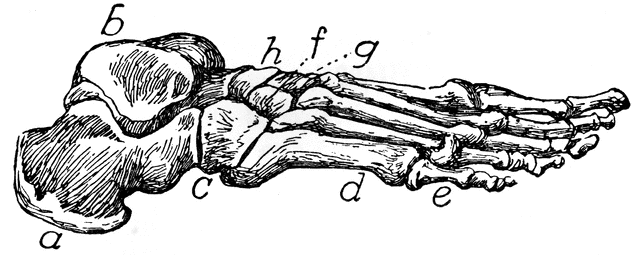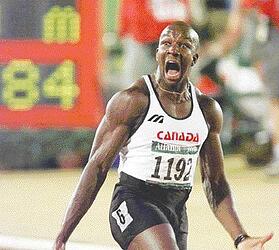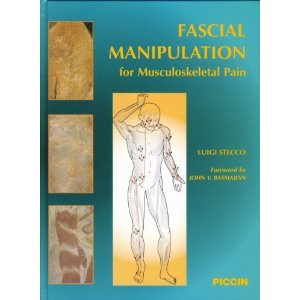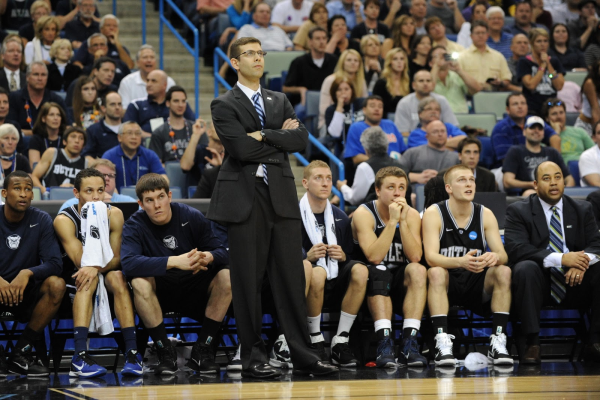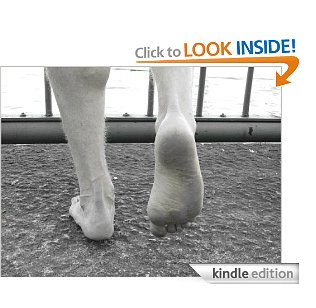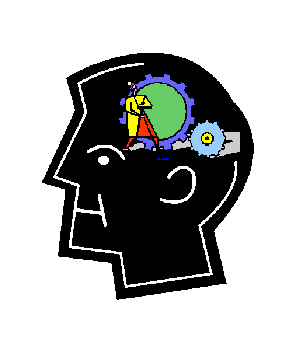
by Chris Joyce, DPT
Fresh out of school eager to cure everyone and be the best goshdarn PT I can. Ditched the nametag (finally!), and traded in my bookbag for a manbag, my meal plan for a lunchbox, and my MBTA card for a fresh set of wheels. One year later here is what I’ve learned:
1) I don’t know anything.
Kidding. I know some stuff. What I don’t know is whether it’s right or wrong. The people I learn it from believe it’s right, and my patient’s believe it’s right. And believe it or not, for some strange reason it usually works. In the back of my mind though, I know the level of uncertainty that exists in physical medicine, and I’m okay with it. It feels good to come clean. I will continue learning and figuring out. The coursework ended in 2011, but the education will never cease. The more I learn, the more I don’t know.
2) Reassessment is kind of important.
In school everything made sense. You evaluate, come up with your correct diagnosis, sneak back to your notes real quick to make sure you’re right, and then follow treatment plan x for diagnosis y. Unfortunately, arriving at diagnosis y is a lot more complex than a couple powerpoint slides and a 2 hour lab. Which is what makes assessment, or should I say reassessment, so great. I don’t have to diagnose (except red flags). I keep it simple. You have pain when you do this. Let me try this and that, reassess and see if it worked. I stopped trying to tell patients “you have y” because the fact is, there’s a lot more going on than just the structures that are involved. I call knee pain, knee pain and try to avoid diagnostic labels choosing instead to focus on the goal at hand: moving without pain. Which brings me to my next
3) Pain is a sonofagun. And if you’re not learning about it, you’re not treating it.
Pain neuroscience has made leaps and bounds in the past 10-15 years, but I’m not sure why it isn’t a bigger part of formal education. Very often I need to reassure patients that the information they got from other practitioners, the web, their friends/family, is just outdated. Pain comes from the brain, it doesn’t come from your IT band, or your crappy posture. It originally began because of an aberrant movement, or even a lack of movement, and persists because your brain is trying to tell you that you need to do something different. It’s a warning signal, not a pathology gauge. It doesn’t tell you how much is wrong, but just that something might be. By reading up on pain neurophysiology I’m much better off treating and educating my patients.
4) Variety truly is the spice of life
What do the following have in common: pain, exercise, professional development, diet, clinical care, and personal life? They all worsen in the absence of diversity. When we lack variety pain will persist, workouts become tedious, education seems boring, nutrition declines, clinical care falls routine and we end up just “going through the motions.” The more non-PT related stuff I read, the more I see how intertwined everything truly is. Too much of one thing, no matter how good it is, impedes growth somewhere else and at worst it perpetuates the dysfunction (talking to you long distance runners). Take it from a guy who grew up in Boston, went to school in Boston and works in Boston.
Chris Joyce is a physical therapist at a sports orthopedic clinic in Boston. He’s currently completing a Sports Residency at Northeastern University, and can be reached at cjoyce@sportsandpt.com.
Learn what they didn't teach you in school from the industry leaders in Sports Rehabilitation and Performance Training at the BSMPG 2013 Summer Seminar.




